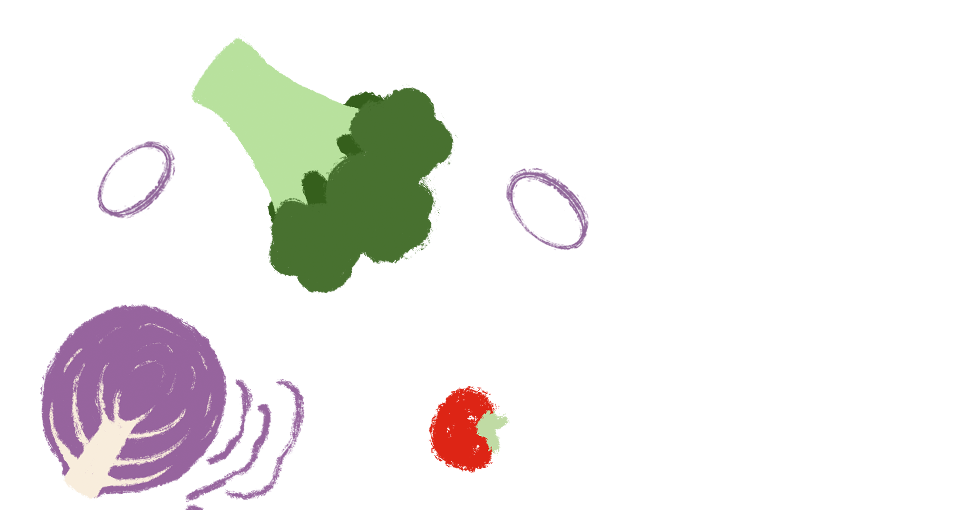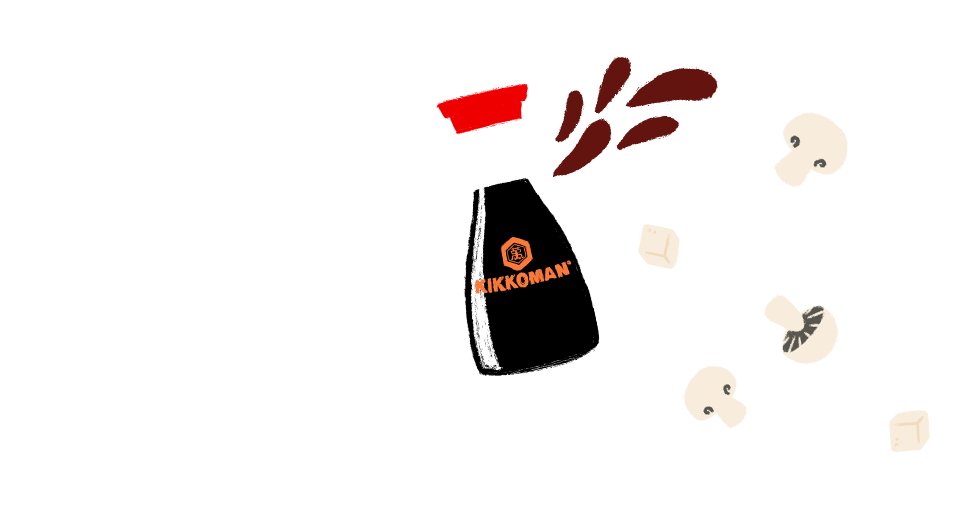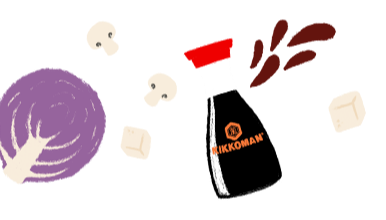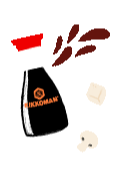Far more than just a bean!
02. June 2023
![[Translate to Englisch (UK):] [Translate to Englisch (UK):]](https://www.kikkoman.co.uk/fileadmin/_processed_/4/a/csm_EU_bean_header_dc52e18e48.webp)
Small in size, big on nutrients
It’s not surprising that an increasing number of soybean-based products are finding their way onto our supermarket shelves because they have a lot to offer! Rich in potassium, magnesium, iron and zinc, they are also protein powerhouses. 100 g of soybeans delivers around half of our daily dietary requirements! They are also great sources of vitamin B and E, very low in calories, gluten-free and lactose-free.
An amazing diversity of soy-based foods
Edamame
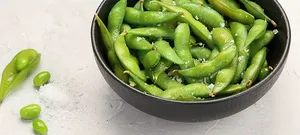
Edamame are immature soybeans in the pod. The pods are either steamed or boiled, and sometimes seasoned with a pinch of salt. They make an easy-to-prepare snack and a great topping for salads or poke bowls. Edamame can also be mashed with other ingredients such as avocado to create a delicious ‘edamole’ or other kinds of dips. Edamame has superfood status because it is very low in calories and contains high amounts of protein, calcium and iron.
Tofu

Tofu is made from soy milk in the same way that cheese is made from dairy milk by coagulating it and then pressing it. There are several types of tofu with different consistencies. It is often used as a meat substitute in vegetarian and vegan diets.
Miso

Miso is a thick paste made from fermented soybeans and a fungus called koji. It tastes very salty and tangy, and contains a great many UMAMI components. Miso is an essential ingredient in many soups and sauces.
Natto

Natto is a traditional Japanese food made from cooked and fermented soybeans. The fermentation process causes gossamer threads to form between the beans, which initially develop a sweet and then a roasted aroma. Natto is served as a side dish and used as an ingredient. It is said to have anti-bacterial properties.
Soy sauce

Soy sauce is made from water, soybeans, salt and wheat and used to season many different kinds of foods. Different processes are used to manufacture soy sauce in Japan and China, and there are both pale and dark varieties of the Chinese soy sauce. You can identify our Kikkoman soy sauce by its distinctive characteristics: a unique dark colour, full-bodied UMAMI flavour and a complex bouquet of aromas.
Soy milk

Soy milk may be a new trend in the Western world, but it has been consumed in China for more than 2,000 years. It is produced by soaking and grinding soybeans before boiling and filtering the mixture. Soy milk is a great alternative to dairy milk because it contains almost the same amount of protein, but no lactose and no cholesterol. It’s very popular with vegans, and also with people who are lactose intolerant or have a milk protein allergy.
Soy yoghurt

Soy yoghurt is prepared by adding fermenting bacteria to soy milk, which is very similar to the conventional yoghurt production process. It is just as rich in protein as soy milk and contains many probiotic cultures. Additional advantages of soy yoghurt are that it is gluten-free, lactose-free and vegan.
Soy flour

Soy flour is an important by-product in the soybean oil production process. Rich in protein, it is often used in doughs for bread loaves, bread rolls or cakes. However, it is only ever used as an enriching ingredient and a blend of 20 to 30 percent soy flour and the rest conventional flour should be used, otherwise the baked goods will not rise properly.
Textured soy protein

Textured soy protein makes a great soybean-based meat substitute. The little TSP granules or flakes can be rehydrated with water, vegetable stock or marinade and then used as a substitute for minced meat. They are often used in vegetarian Bolognese sauces or chilli sin carne.
Soy can replace all kinds of conventional products, from meat, cream and yoghurt to cheese, and soy-based products make a versatile ingredient for a variety of dishes. For example, creamy and heavy sauces can easily be replaced by Kikkoman soy sauces.
Kikkoman has created a collection of recipes for you to try out at home!









![[Translate to Englisch (UK):] [Translate to Englisch (UK):]](https://www.kikkoman.co.uk/fileadmin/_processed_/0/c/csm_UK_Blog_7Steps_Header_2_Desktop_6fc06cbc26.webp)

![[Translate to Englisch (UK):] [Translate to Englisch (UK):]](https://www.kikkoman.co.uk/fileadmin/_processed_/1/0/csm_1089-recipe-page-Roasted-Turkey_mobile_624c3fe100.webp)
![[Translate to Englisch (UK):] [Translate to Englisch (UK):]](https://www.kikkoman.co.uk/fileadmin/_processed_/c/5/csm_MainDishes_recipe-collection_desktop_2x_ef5962097e.webp)
![[Translate to Englisch (UK):] [Translate to Englisch (UK):]](https://www.kikkoman.co.uk/fileadmin/_processed_/c/d/csm_1039-recipe-page-Easy-Carrot-soup_mobile_7366116d92.webp)
![[Translate to Englisch (UK):] [Translate to Englisch (UK):]](https://www.kikkoman.co.uk/fileadmin/_processed_/b/e/csm_1101-recipe-page-Authentic-Japanese-soy-sauce-ramen_mobile_6bf05afcae.webp)
![[Translate to Englisch (UK):] [Translate to Englisch (UK):]](https://www.kikkoman.co.uk/fileadmin/_processed_/e/b/csm_918-recipe-page-pumpkin-hummus_mobile_d372eb934b.webp)
